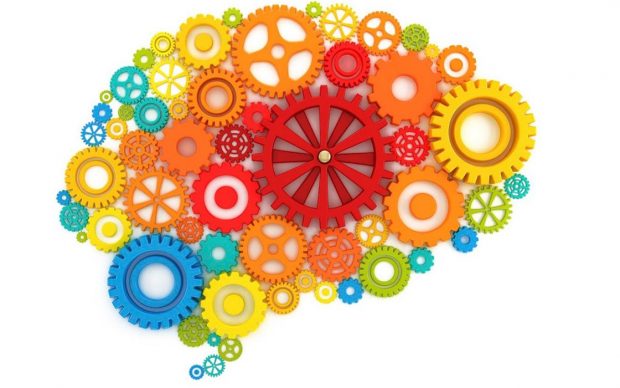
If you follow us on twitter you might have noticed that we’ve been doing quite a bit of work on young people’s mental health. We’re following up on a commitment in the green paper for children and young people’s mental health to look at setting up a partnership to improve the mental health of 16-25 year olds.
Doing the scoping work for this partnership has really underlined the rationale for taking action in this area. Here are some of the points from the literature that we’ve found most striking:
- Around three quarters of adults with mental illness first experience symptoms before age 25, with the prevalence and impact of many mental health problems peaking in the 18-25 age category. Young women aged 16-24 experience the highest rates of common mental disorders out of all age categories (Adult Psychiatric Morbidity Survey, 2014).
- Mental health issues are on the rise among young adults in the UK. Common mental health issues like depression and anxiety are on the increase amongst 16-24s: 19% experienced them in 2014, compared to 15% in 1993.
- The number of students disclosing mental health problems to their university is on the increase. A recent Institute of Public Policy Research report found a fivefold increase in the number of first year students disclosing a mental health condition to their institution: 2% of first year students (15,395) in 2015/16, up from 0.4% in 2006/7.
- Young adults are less likely to receive treatment than other age groups. 16-24s are less likely than any other age group to receive mental health treatment for common mental disorders, such as anxiety or depression, or following self-harm.
- Loneliness is on the increase amongst young adults. Despite being traditionally associated with the elderly, a recent AXA PPP poll found that 18-24 year olds are four times as likely to feel lonely “most of the time” than those aged over 70.